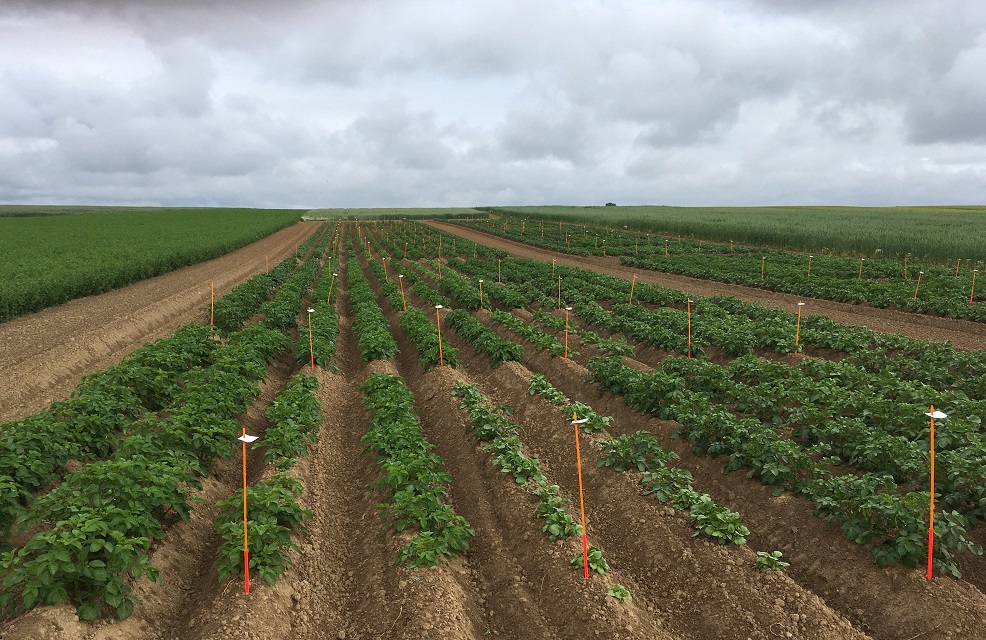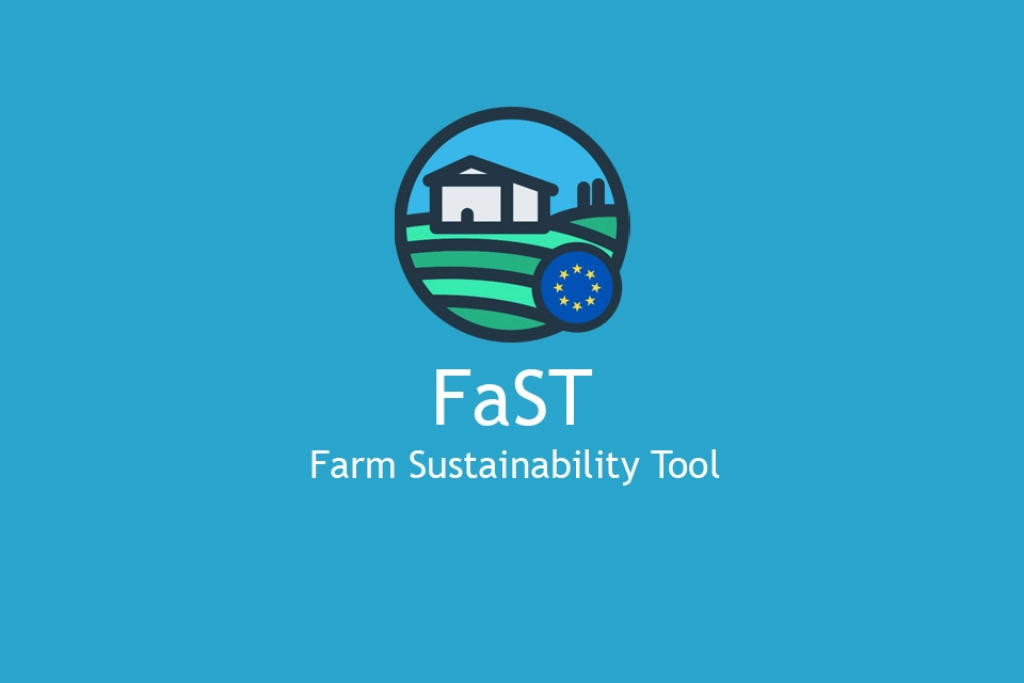The legumes are key elements in low-input crop systems, among others through their capacity to fix the atmospheric nitrogen and produce seeds that are rich in protein. The species associated with the legume enables better competition over weeds or plays the role of a tutor, improving the legume’s growth environment. The association of crops, via the niche complementarity of associated species, therefore enables to optimise the use of the resources available with improved stability of protein crop yields or the protein content of the associated cereal as known advantages.
The CRA-W carried out an organic agriculture trial in Ciney for two seasons (2019 and 2020), by associating LENNOX, a spring wheat variety, with BAGOO, a variety of spring protein pea, directly sown in a mix, with different densities of seedling for the protein crop. The aim was to assess the influence of the mineral nitrogen content in the soil coming out of winter and the pea density for the performance of the association.
The dry matter yields were quantified post-harvest and the performance of the different methods was assessed using the LER (Land Equivalent Ratio) calculation, defined as the relative land needed to product the same yields as a pure and associated crop, showing the effectiveness of the association to an extent.
The preliminary results of this trial seem to confirm those observed in the literature and emphasise a benefit in sowing spring protein peas in association in a context of low nitrogen residues. Symbiotic fixing can only fully be expressed when the nitrogen availability in the tilled layer is lower than a threshold of 56 kg N/ha. Under these conditions, the cereal is less competitive towards the legume. The complementarity of associated species for the use of resources is then maximised.
Furthermore, a greater seedling density of protein crop only seems beneficial when the nitrogen credit is low. This advantage tends to be non-existent when it is higher.
It does nevertheless seem necessary to confirm these first results and refine them, among others, by characterising the impact of the nitrogen credit coming out of the winter on the association’s quality performance.












